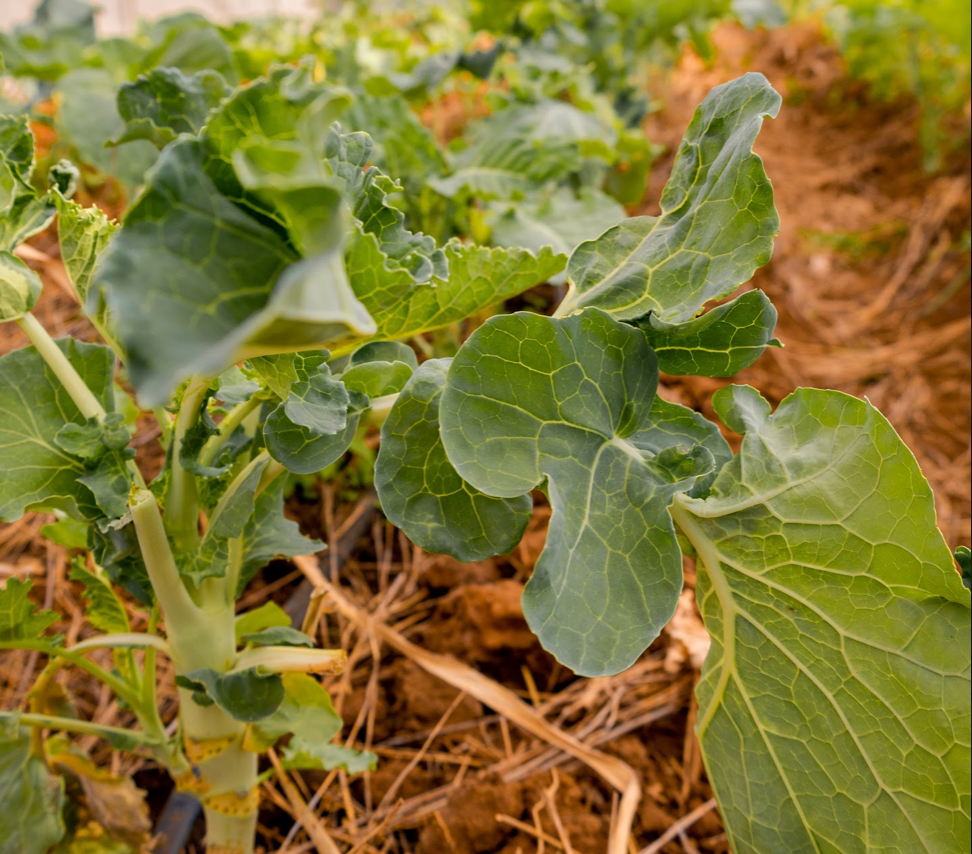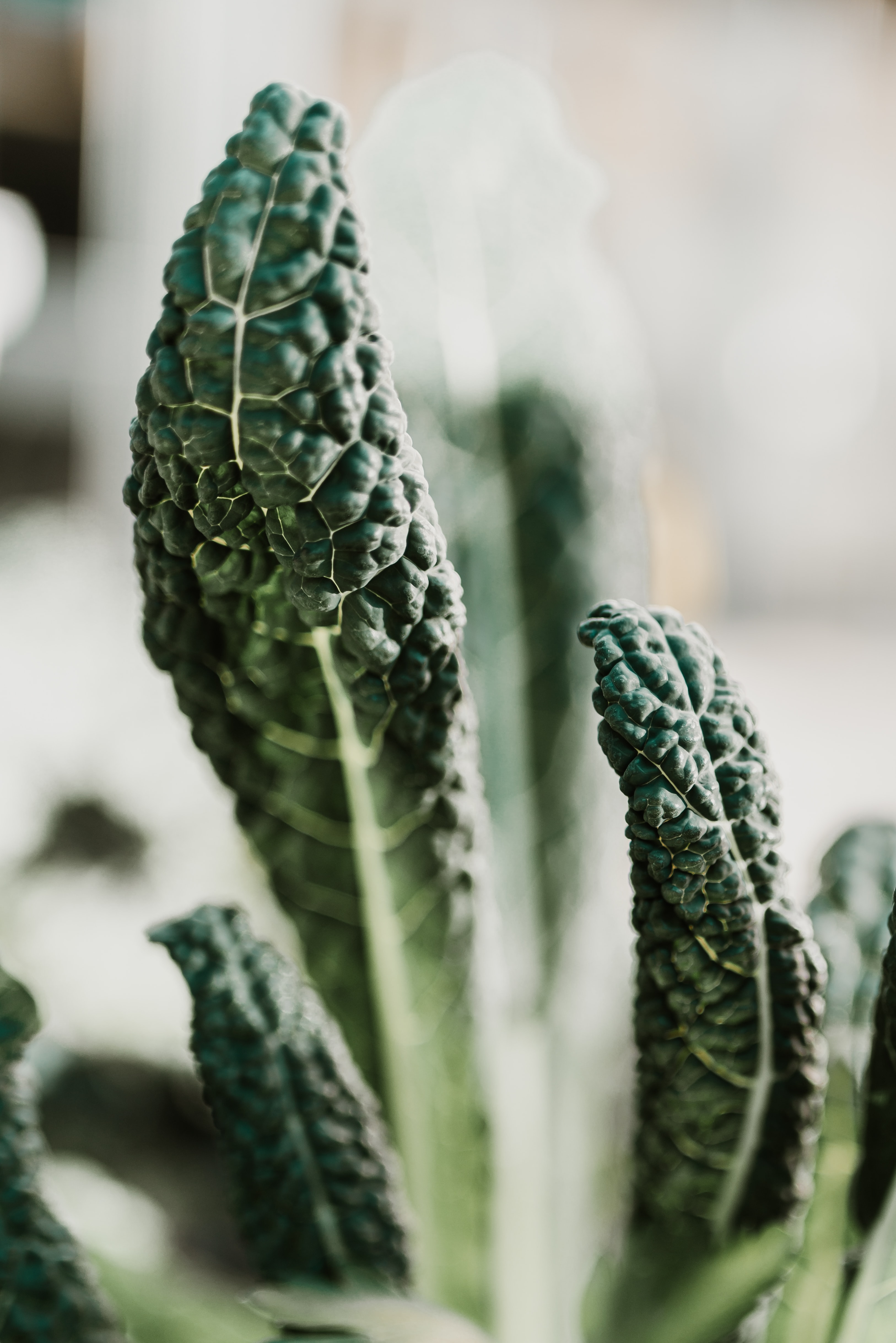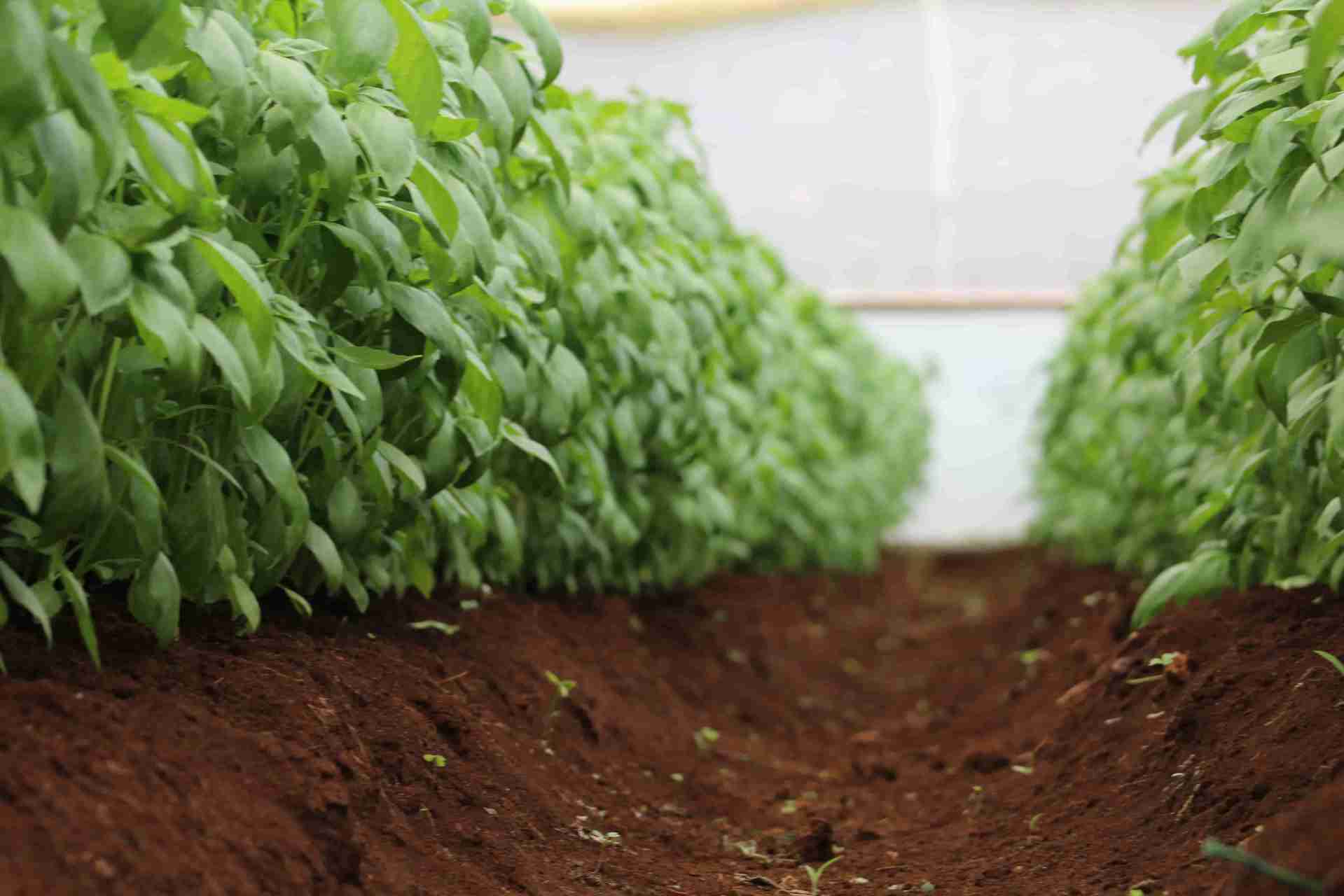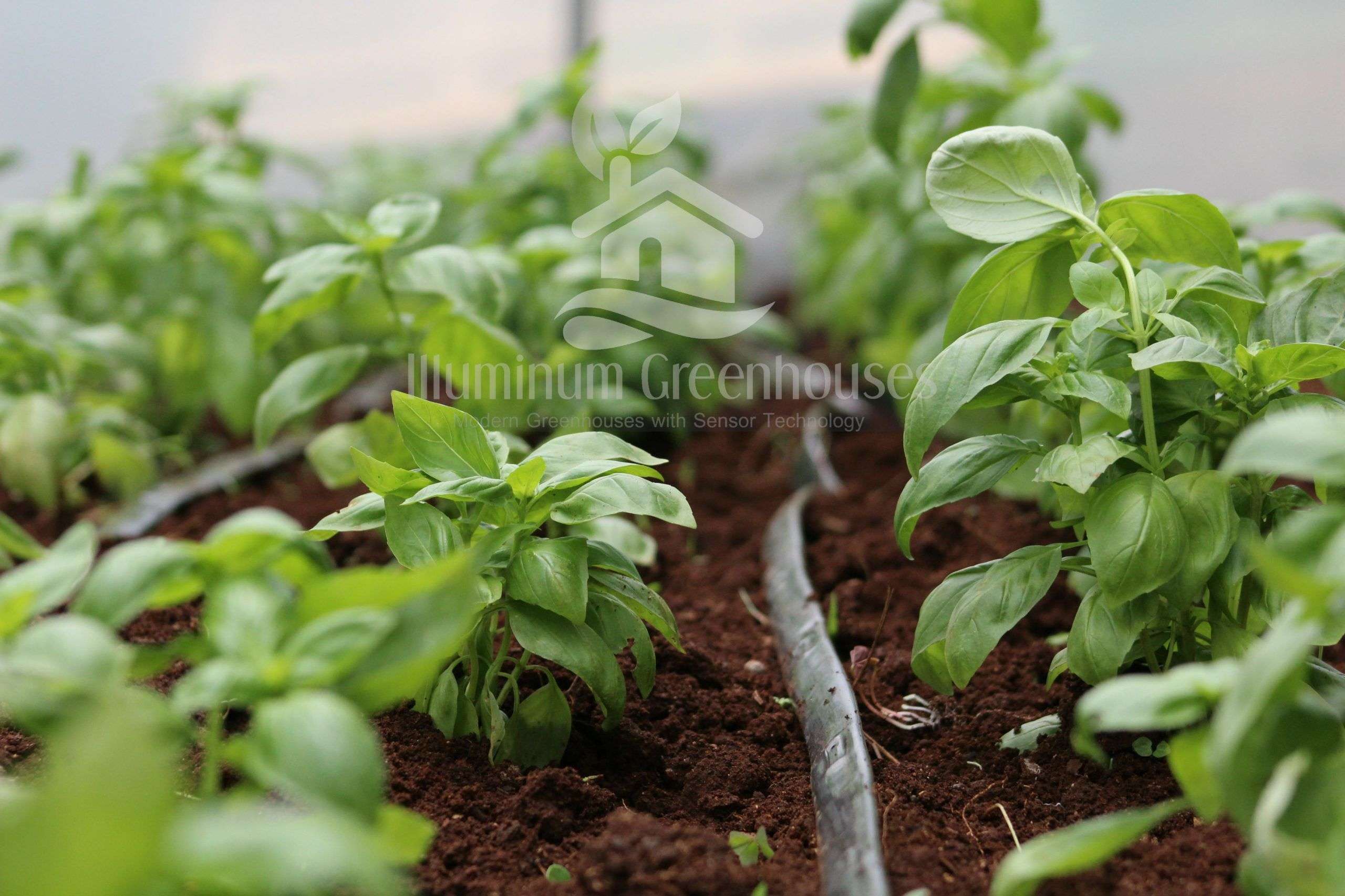7 Types of Kale Varieties to Grow

Kales are an excellent source of minerals, vitamins and antioxidants. They have been hailed as the world's most nutritious vegetable. What's more is that they require little or no cooking to be consumed. With so much goodness and nutrients packed in the said vegetable (This green is packed with protein, calcium, iron, vitamin A, fibre, and anti-cancer properties), there are different types of this vegetable around us and it makes it important to know the differences among them.
Did you know that there are different types of kales? Here are 7 types:
1. Common Curly Kale
This is the type of kale you usually see in the grocery store. It’s a pale to deep green with large, frilly-edged leaves and long stems. It’s often sold as loose leaves bound together, even though it grows as a loose head.
2. Lacinato Kale (Dinosaur Kale, Tuscan Kale, Cavolo Nero)
The dark blue-green, slender, long leaves have none of the curls and frills common in kales. Rather, the leaves are rumpled and puckered like savoy cabbage and curled under along the entire margin.

3. Ornamental (Salad Savoy)
Frilly and fluffy, ranging in color from white to pink and purple to magenta, this colorful variety is used on buffet tables for displays. It forms a rosette, which looks like an opened-up flower.
4. Red Russian (Ragged Jack)
This kale looks like overgrown oak leaves in colors ranging from blue-green to purple-red. Among its major advantages, it tastes good (semi-sweet) raw in salads. Cold weather intensifies its color. It’s sweeter and more tender than common kale.
5. Chinese Kale (Chinese Broccoli, Kailaan, or Gai Lan)
Chinese kale can be substituted for regular broccoli in many recipes. High in calcium, iron, vitamins A and C, it’s very popular for stir-fry dishes; you can also steam or boil it.
6. Siberian Kale
One of the most cold-hardy varieties available, Siberian kale has enormous leaves and can take quite a beating from cold or pests. It has grey-green ruffled leaves and is grown as a winter crop in the southern United States. This kale is better when cooked.
7. Redbor Kale
The stunning 3-foot-tall hybrid can be both ornamental and edible. Its mass of well-curled reddish leaves with deep purple veins turns a solid, deep violet. It's a great plant for an ornamental garden, where you pluck off a few leaves to use as edible plate decor.
In conclusion, you should always try to use the best quality kale you can find. Think of this green as a food that actually deserves some recognition, and go out of your way to find locally grown kale (if you're lucky enough to live in an area where it's available). No one said that being a "superfood" had to make life any more difficult—all you need to do is make sure you're eating a well-rounded meal every day.


